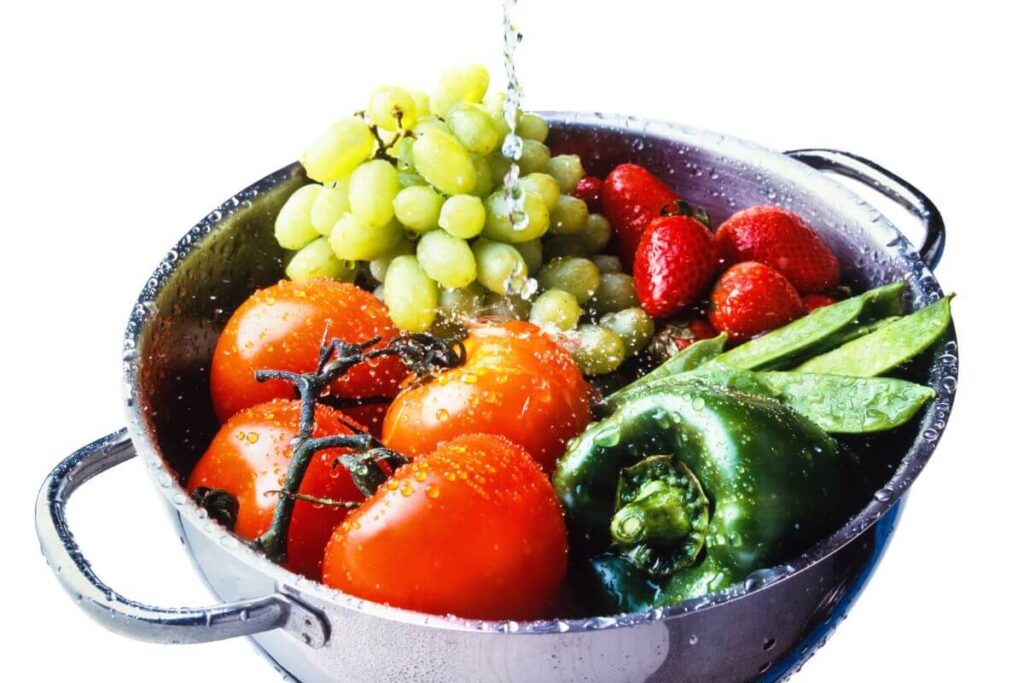
Get tips on how to wash produce most effectively. From water to vinegar to baking soda to commercial produce wash, learn what works.
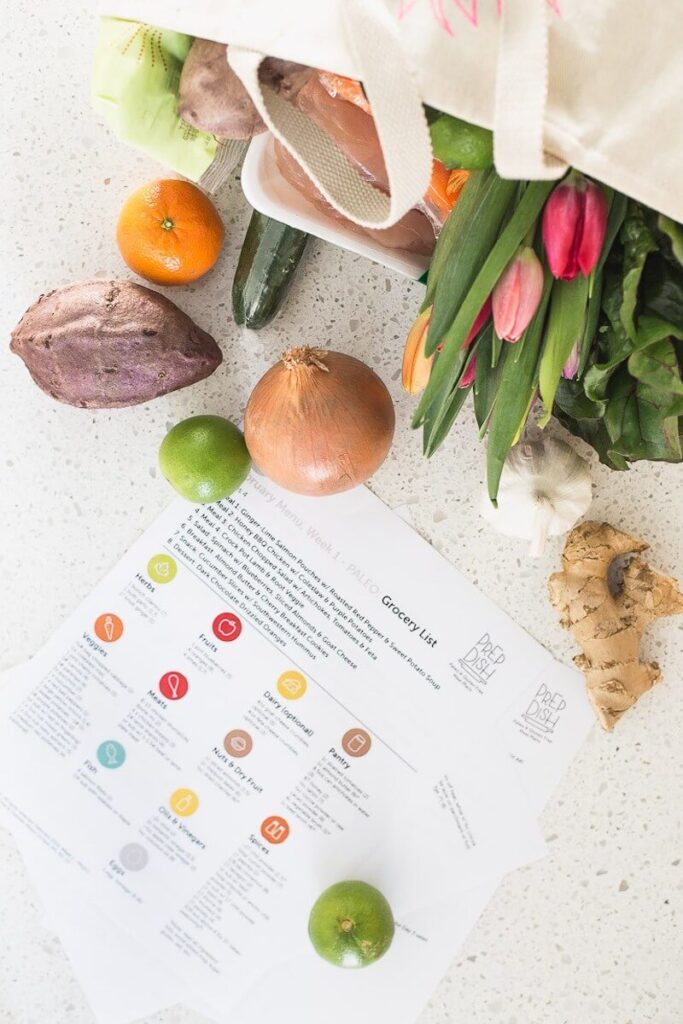
Key Takeaways
- The FDA recommends washing produce under cool, running water.
- Alternative methods such as washing produce with diluted vinegar or washing with baking soda may help kill additional bacteria and remove residues.
- Never wash produce with soap or other products not meant for food.
We can all agree that eating plenty of fruits and vegetables is essential to a healthy diet. But when it comes to how to wash produce, things get a bit more complicated. There are many methods out there for how to wash produce but how do you know the best way to wash fruits and vegetables?
Below are the most common methods for washing produce, including pros and cons and tips for getting produce truly clean.
FDA Recommendation – How to Wash Produce with Water
The FDA's recommendation is the simplest – to wash produce under running water. Free and easy!
Other tips from the FDA on how to wash produce with water include:
- Wash your hands before and after washing produce. This will help ensure that you don't transfer bacteria to your produce or walk away from your meal prep with bacteria from your produce on your hands.
- Wash produce before peeling and make sure to wash produce like watermelon or spaghetti squash, even if you won't be eating the peel. If you don't wash these types of produce, your knife can transfer bacteria from the outside of the item to the inside when you slice.
- Rub produce under running water while washing and rub with a clean cloth to dry after washing.
- Use a vegetable brush for firmer items. This is especially important if you get produce from your garden or a farmer's market where there may be actual dirt on your produce.
Simply washing your produce with water is a completely viable option. There's nothing wrong with keeping things simple! Sometimes it's the best way to encourage you to eat more produce.
Alternative Methods for Washing Produce
If you'd looking for a way of washing produce beyond just water, you have a few options. Most importantly, do not use soap or any other produce not expressly intended for use on food. These products can leave residue on fruits and vegetables even after rinsing, and can also be absorbed into the food.
You do however have a few safe options for washing produce, such as vinegar and baking soda. Each has its advantages. According to Consumer Reports, vinegar may help kill bacteria while baking soda may help remove pesticides. Here are the details on each method, as well as commercial produce rinses.
Rinsing with Vinegar

Rinsing with vinegar is a method I've written about before and one of which I'm a fan. Why? It's simple, inexpensive and some studies show it could kill up to 98% of bacteria on produce.
To wash produce with vinegar, you'll place your items in a large bowl or a freshly, well cleaned sink. You'll then add a solution of 1/4 vinegar and 3/4 water to the bowl. Apple cider vinegar or white vinegar work well.
Let the produce soak for about two minutes.
Finally, drain the vinegar-water mix and rinse produce well to get rid of any lingering vinegar taste and smell. Gently dry firmer produce with a clean cloth.
But what if you simply want to wash an apple, not a whole bundle of produce? A spray bottle is perfect for this. Simply use the same solution of 1/4 vinegar and 3/4 water and add to a small spray bottle. Spray your produce item, rubbing gently, and then rinse well. Easy!
Washing with Baking Soda
Another option for those who want to wash produce with something beyond water is baking soda. Many choose to wash produce with baking soda because of its potential to help remove pesticides from fruits and vegetables. Baking soda's abrasive qualities may help it to remove residues from produce.
One study showed that baking soda removes 66.7%-98.9% of pesticide reside while water alone removes 26.7%-62.9% of this residue.
Convinced? Here's how to wash fruits and vegetables with baking soda:
- Make a solution of about 1 tsp baking soda for every 2 cups water (3-4 Tbsp baking soda for a sink full of water).
- Submerge your produce in the mixture and soak for 12-15 minutes. You can also use a vegetable scrub brush to scrub firm items in the mixture. You can rub less firm items like berries with your hands.
Using a Commercial Produce Wash
You've likely noticed produce washes at your local grocery store. These products claim to result in cleaner produce than water alone.
However, the FDA does not recommend using a commercial produce wash, as they have not been extensively tested and could leave a reside on your produce. Furthermore, several studies have shown them to be no more effective than plain water.
In short, you likely won't want to waste your money on a store-bought produce wash.
More Tips on How to Wash Produce
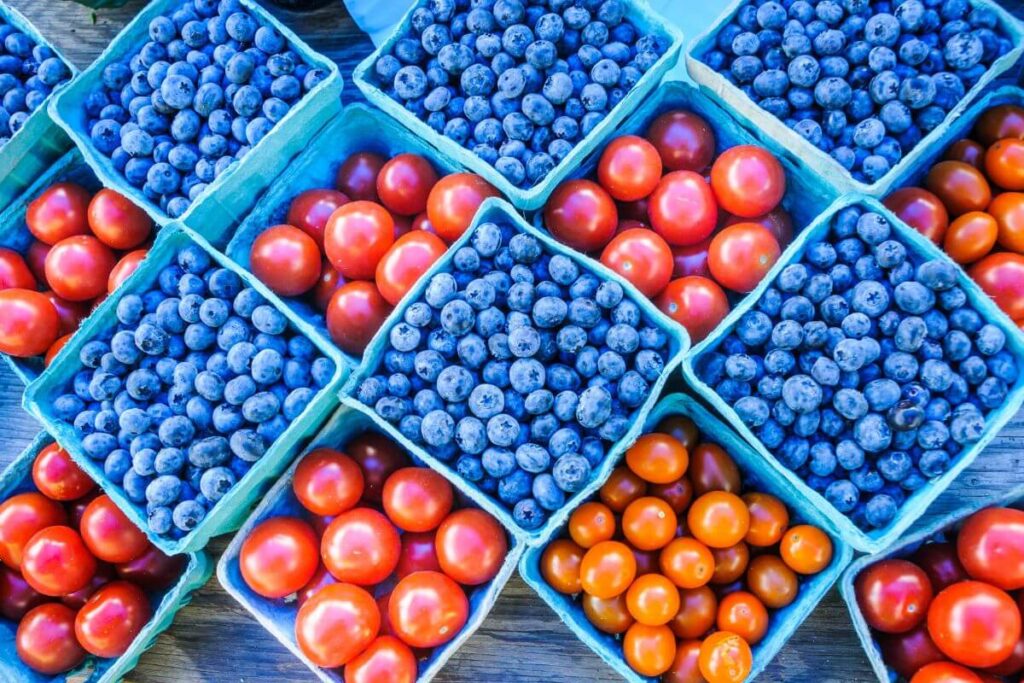
Washing Produce During Meal Prep
If you want to eat more fruits and veggies, I highly recommend washing your produce during your weekly meal prep session. I like doing this right when I get home from the grocery store, before even putting the produce away.
I find myself (and my family!) so much more likely to reach for an apple or some veggie sticks if everything is washed and prepped. There are a few exceptions (detailed below) where you'll want to wait to wash to maximize shelf life.
When to Wait to Wash Produce
For produce items that go bad quickly, you should wait to wash until just before eating. This is simply to keep the produce fresh for longer. You should wait to wash berries and fresh herbs until just before using, as these tend to go bad quickly.
Don't Overload the Colander
If you're washing your produce under running water, make sure not to overload your colander. If all of the fruit and veggies are crowded in together, the ones on the bottom are not realistically going to get clean. Instead, work in batches.
Always Use Cool Water
While you might be tempted to use warm or hot water as heat kills many germs, stick to cool water when washing your produce. Using hot water can actually make the fruit or veggie absorb the water, along with the bacteria you were trying to remove.
Make Sure to Dry
Always make sure to thoroughly dry your produce after washing. This is especially important if you're washing ahead of time. If you leave your produce wet, you may encourage bacteria growth, which is of course the opposite of what you want!
FAQ – Common Questions on How to Wash Produce
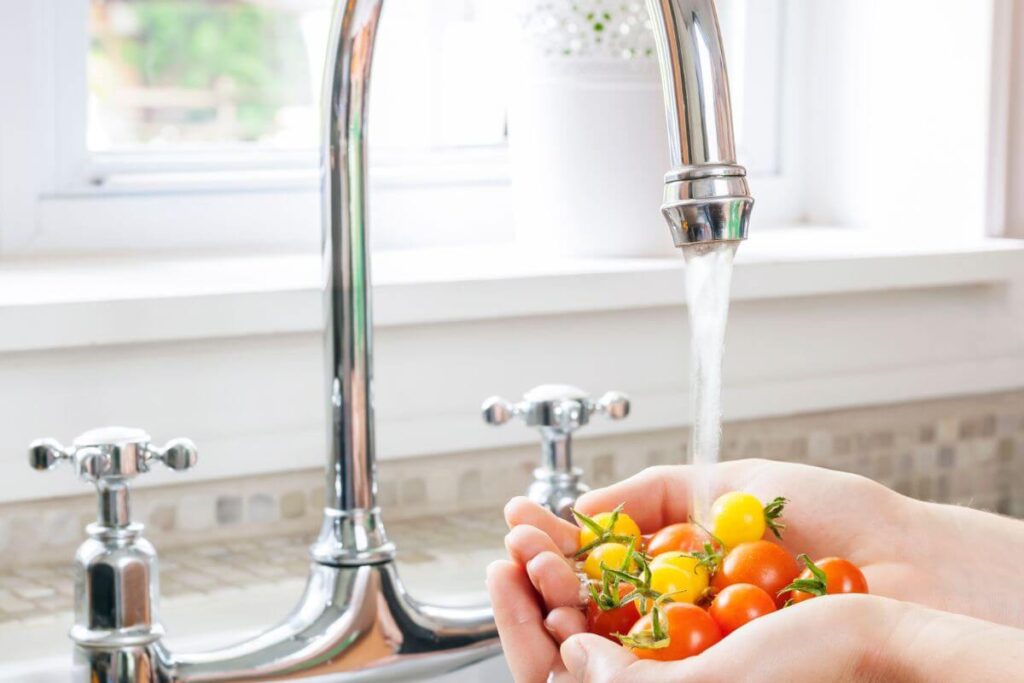
What is the most effective way to wash fruit?
The FDA recommends running water as the best way to wash fruits and vegetables. Some prefer vinegar or baking soda. Commercial produce washes, soap, etc. should not be used on produce.
Is it better to wash fruit with vinegar or baking soda?
Vinegar may be better at removing bacteria while baking soda may be better at removing residues like pesticides.
Do you really need to wash produce before eating?
Yes! While preferred methods vary, pretty much everyone agrees that it's important to wash fresh produce before eating to remove bacteria, pesticides and plain and simple dirt.
More Meal Prep Resources
For meal prep tips on the regular, make sure to sign up for our free weekly newsletter (you'll receive a free beginner download when you sign up)! In the meantime, here are a few meal prep resources to get you started.
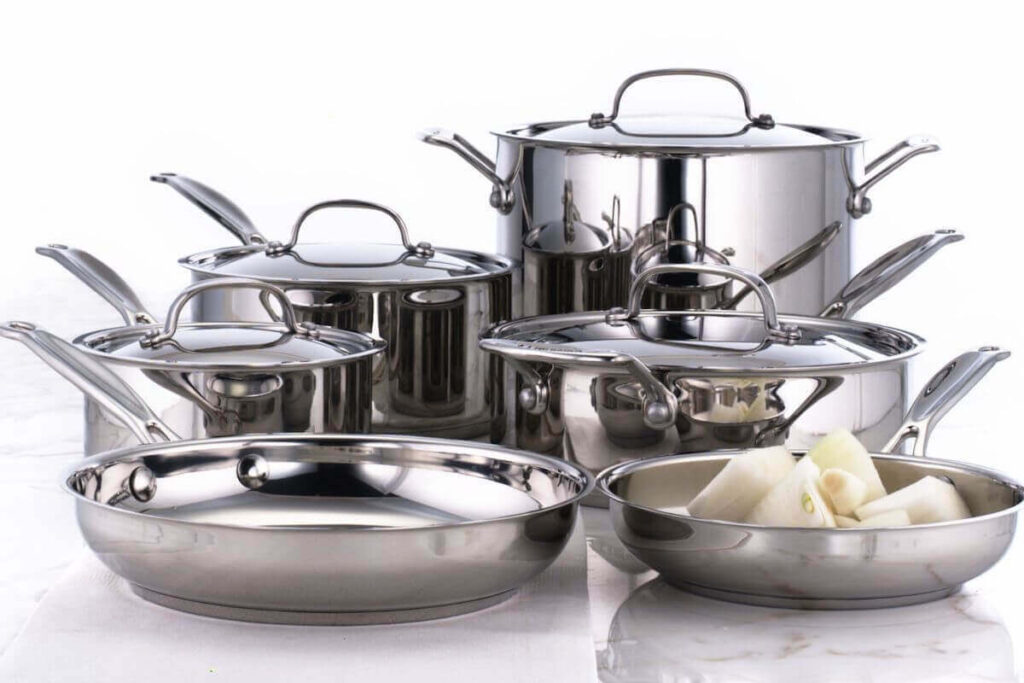
Cookware – What pots and pans do you really need?
Using the correct pot or pan not only results in tastier food, it also makes for a more enjoyable cooking experience. But with all of the different terminology, it can be a little confusing to select the right pan. No worries, I'm here for you!
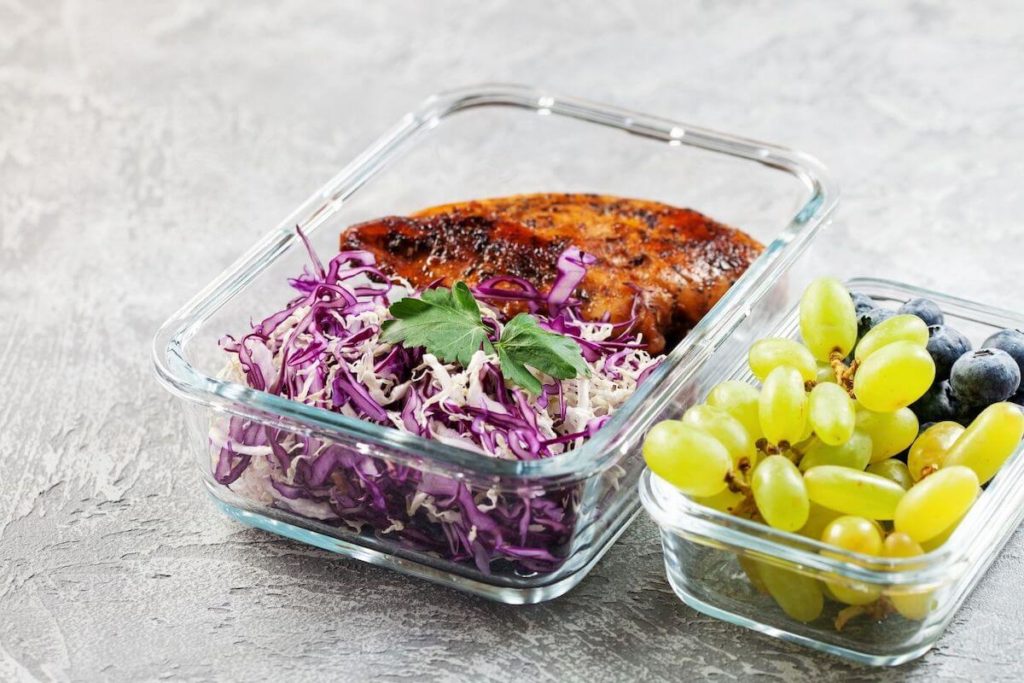
The Best Meal Prep Containers
I have tried a LOT of meal prep containers in my decade plus of dedicated meal prep. And, to me, there's a clear winner. Discover the best meal prep containers to keep your food fresh and ready to enjoy.
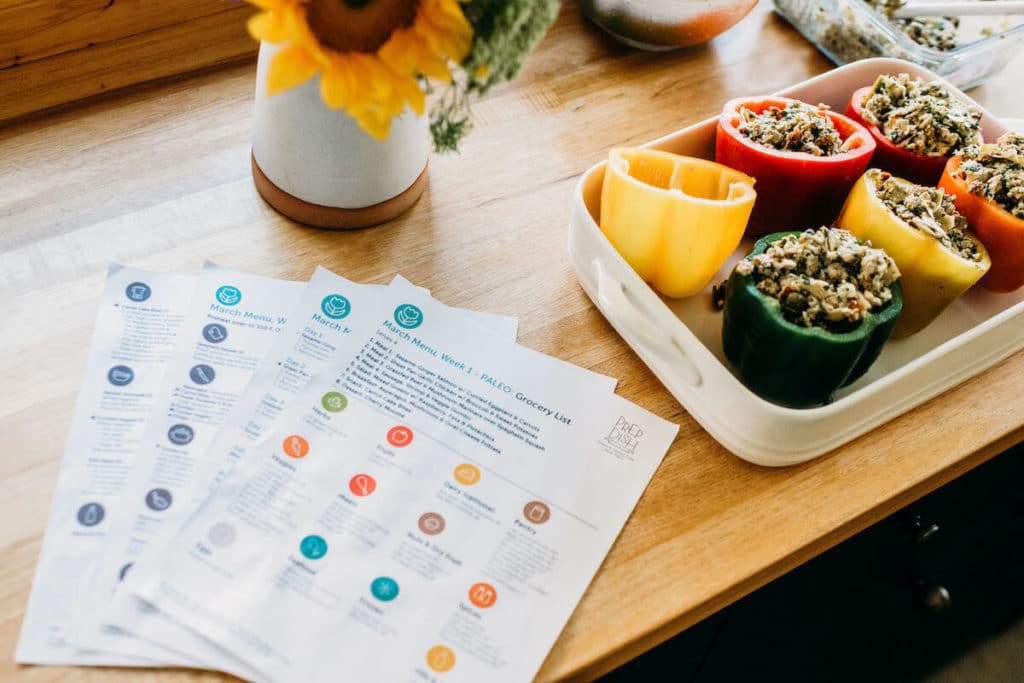
Easy Healthy Meal Plans (5 Free Meal Plans!)
If you want to make meal prep really easy, this post includes a bonus download with 5 free Prep Dish meal plans for you to try!

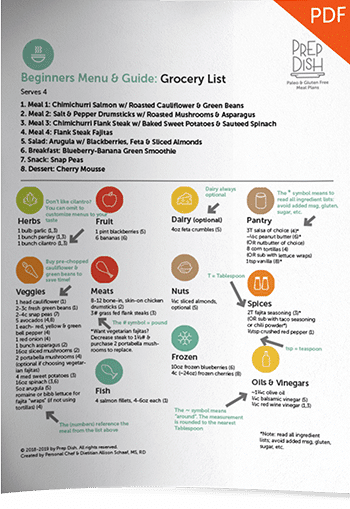
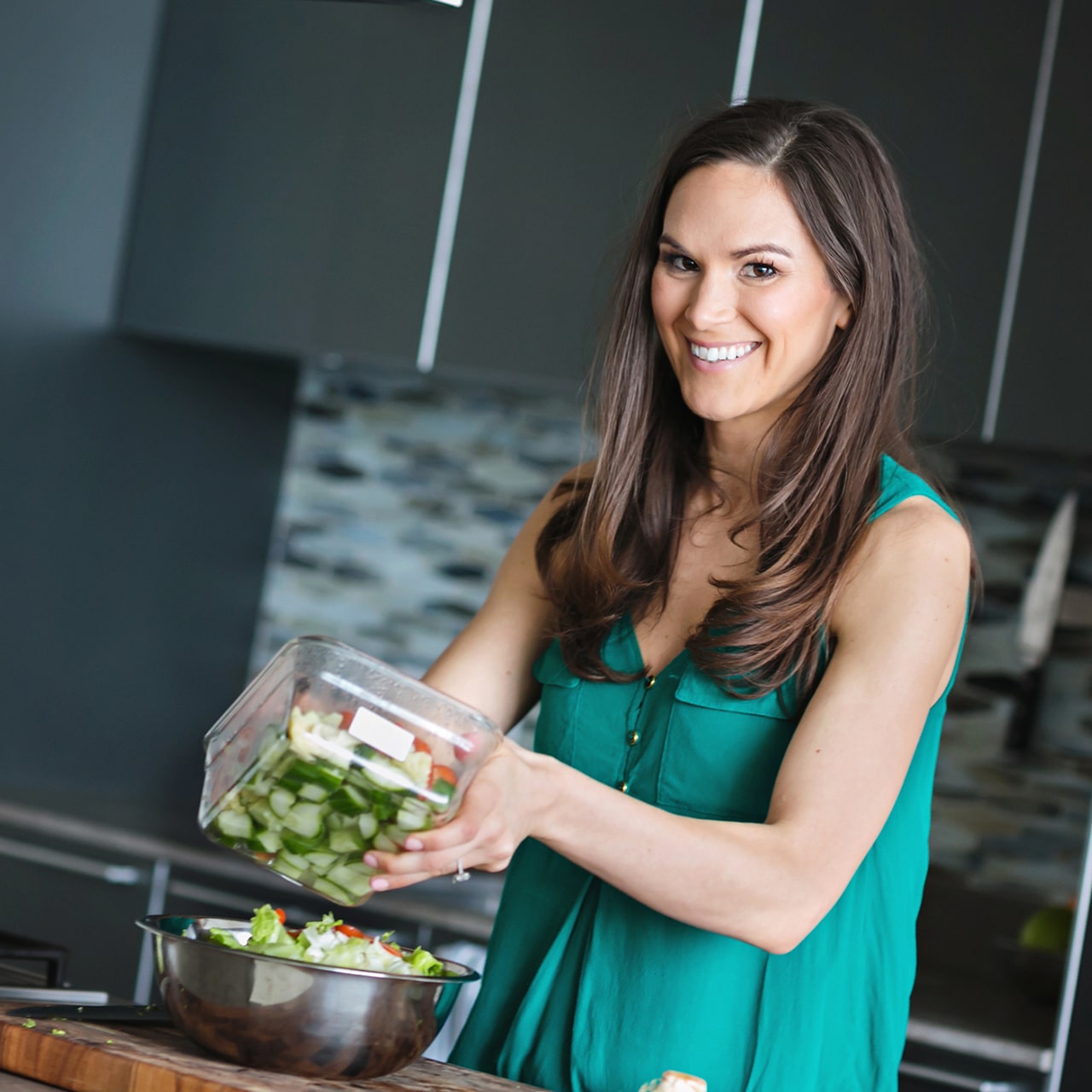
0 Comments